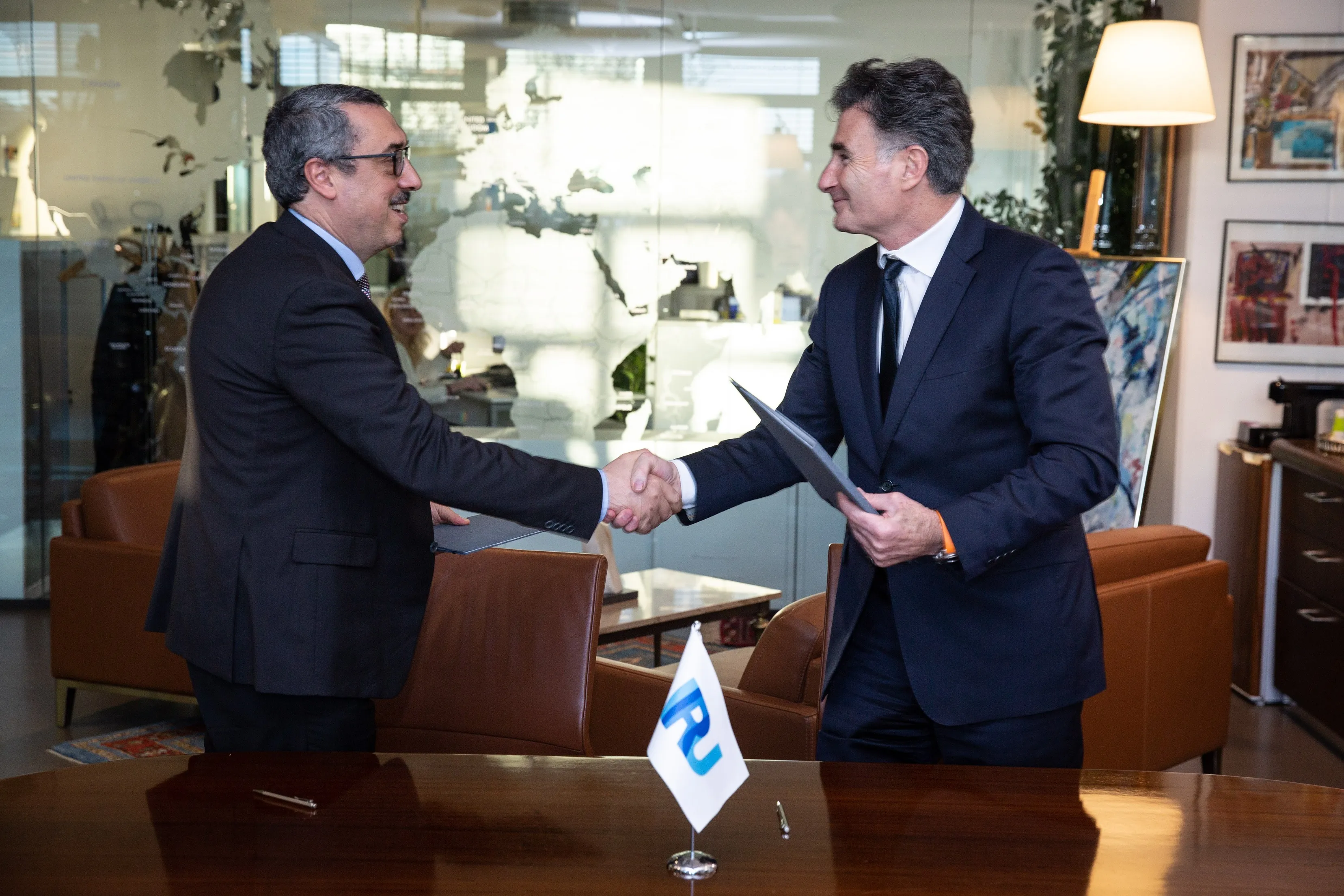The challenges of congested city transport systems and safety were the hot topics at the intelligent transport systems (ITS) business exchange conference held recently in Melbourne featuring speakers and delegates from Asia, Australia, Europe, USA and New Zealand.
Hosted by ITS Australia, the conference attracted 200 participants from seven nations and facilitated an international exchange about innovative technologies and successfully deployed solutions to major transport issues across public, private a
May 15, 2014
Read time: 3 mins
The challenges of congested city transport systems and safety were the hot topics at the intelligent transport systems (ITS) business exchange conference held recently in Melbourne featuring speakers and delegates from Asia, Australia, Europe, USA and New Zealand.
Hosted by858 ITS Australia, the conference attracted 200 participants from seven nations and facilitated an international exchange about 4448 Innovative Technologies and successfully deployed solutions to major transport issues across public, private and freight transport modes.
ITS Australia chief executive officer Susan Harris said most speakers agreed that transport congestion in large metropolitan centres is a major challenge. “ITS solutions that address road traffic congestion and promote other transport modes were a focus of discussion at the conference,” Susan Harris said.
“A second key topic was the harmonisation of international standards. The globalisation of the transportation industry can enable faster and lower cost deployment of technologies when systems platforms are standardised,” she said.
Speakers on the topic of harmonisation included556 ITS Japan chief executive Officer Hajime Amano who predicted that in Japan vehicles are becoming part of the energy supply system. He noted the need to better understand how vehicles will integrate into holistic energy networks to ensure future transport sustainability and highlighted the emergence of connected and automated vehicles in Japan, with automated vehicles expected to be implemented in controlled environments by 2020.
Also promoting harmonisation,4155 TTS Italia secretary general Olga Landolfi said a key objective in the 1816 European Union is to standardise platforms so transport systems can operate seamlessly across borders.
560 ITS America president and chief executive officer Scott Belcher identified three main challenges to move ITS solutions to the next level: Connect to the cloud to bring outside content into the vehicle; Adopt the standards required to prevent crashes with vehicle to vehicle communication; Continue development of autonomous vehicles to enhance transport safety and sustainability.
Singapore918 Land Transport Authority Director Alan Quek said his government has a strong focus on test bed collaboration to support research addressing traffic mobility challenges and autonomous vehicles. They are planning to implement next generation road pricing, launch an autonomous bus trial and are working to harness the power of crowd sourced data and big data analytics.
Technology providers here and Intelematics reported on their solutions leveraging probe data to enhance future traffic services, exploding the prevalence of internet connected vehicles with the next model round to deliver advanced traveller information services to drivers.
The conference also saw the confirmation of the cooperative relationship between TTS Italia and ITS Australia with the signing of a Memorandum of Understanding between the two organisations at a ceremony prior to the conference.
Hosted by
ITS Australia chief executive officer Susan Harris said most speakers agreed that transport congestion in large metropolitan centres is a major challenge. “ITS solutions that address road traffic congestion and promote other transport modes were a focus of discussion at the conference,” Susan Harris said.
“A second key topic was the harmonisation of international standards. The globalisation of the transportation industry can enable faster and lower cost deployment of technologies when systems platforms are standardised,” she said.
Speakers on the topic of harmonisation included
Also promoting harmonisation,
Singapore
Technology providers here and Intelematics reported on their solutions leveraging probe data to enhance future traffic services, exploding the prevalence of internet connected vehicles with the next model round to deliver advanced traveller information services to drivers.
The conference also saw the confirmation of the cooperative relationship between TTS Italia and ITS Australia with the signing of a Memorandum of Understanding between the two organisations at a ceremony prior to the conference.









